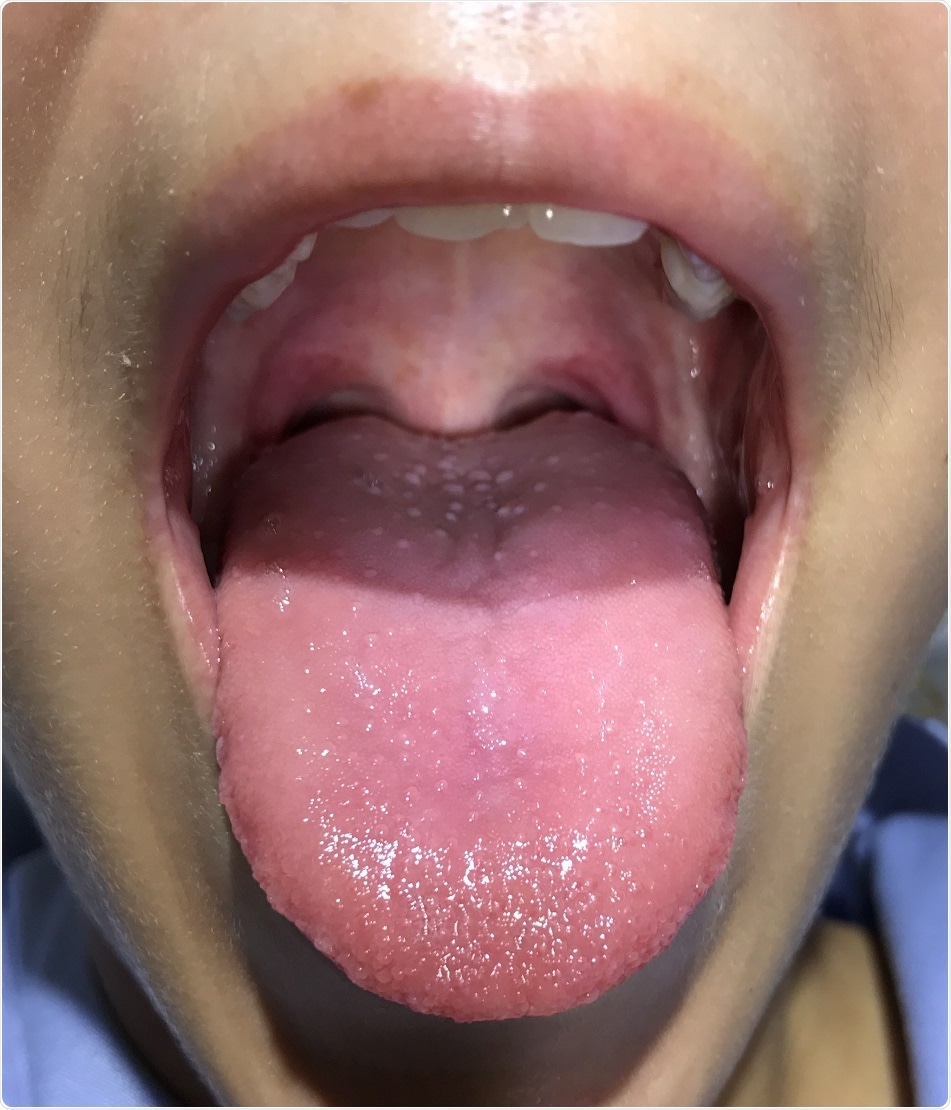An investigation by public health authorities has shown that incidences of the bacterial disease across England and Wales tripled between 2013 and 2014, rising from 4,700 cases to 15,637 and in 2016, the number of cases reported was more than 17,000.

Credit: TisforThan /Shutterstock.com
Experts are unable to explain the rise, but say scarlet fever is at its highest level since 1967 and that most of the outbreaks have been in England.
The disease, which is most common among children aged under 10, is highly contagious, but not usually serious and can be treated with antibiotics. The number of outbreaks reported in 2016 was 620 and most occurred in schools and nurseries. The illness results in hospital admission in about one in 40 cases, although more than half of those are discharged from hospital on the same day.
Data for 2017 does suggest that prevalence may be falling, although researchers warn that it is “too early to tell.”
Head of streptococcal surveillance at Public Health England, Therese Lamagni, says the rise is concerning because it is quite dramatic: "We've always seen cases of scarlet fever - it's just the scale in the past has been much lower than the last few years."
Lamagni describes the rise as baffling, since no underlying cause can be determined. The possibility of a newly emerged strain of the infection has been ruled out by molecular genetic testing and there is no evidence to suggest that the bacteria has become resistant to the penicillin that is used to treat it.
Several countries in East Asia have also reported a rise in scarlet fever, including South Korea, Vietnam, China, and Hong Kong, but there does not appear to be any connection between those escalations and the one seen in England.
Lamagni says the slight drop in the number of cases reported in England this year suggests that we may have “turned a corner,” but that the incidence is still high.
"We encourage parents to be aware of the symptoms of scarlet fever and to contact their GP if they think their child might have it," says Lamagni.
Source: